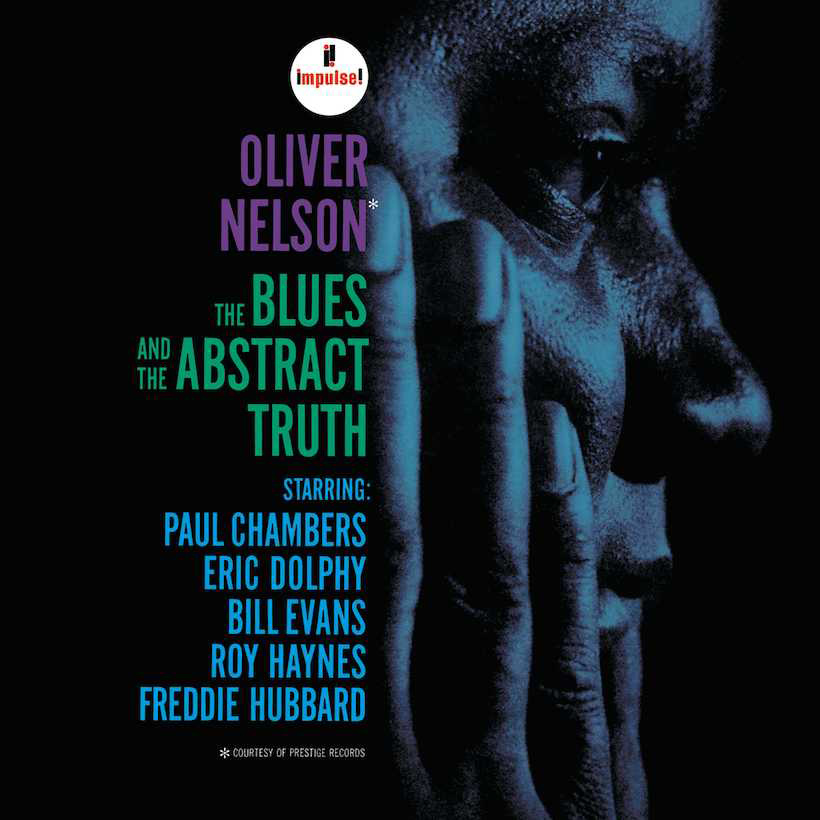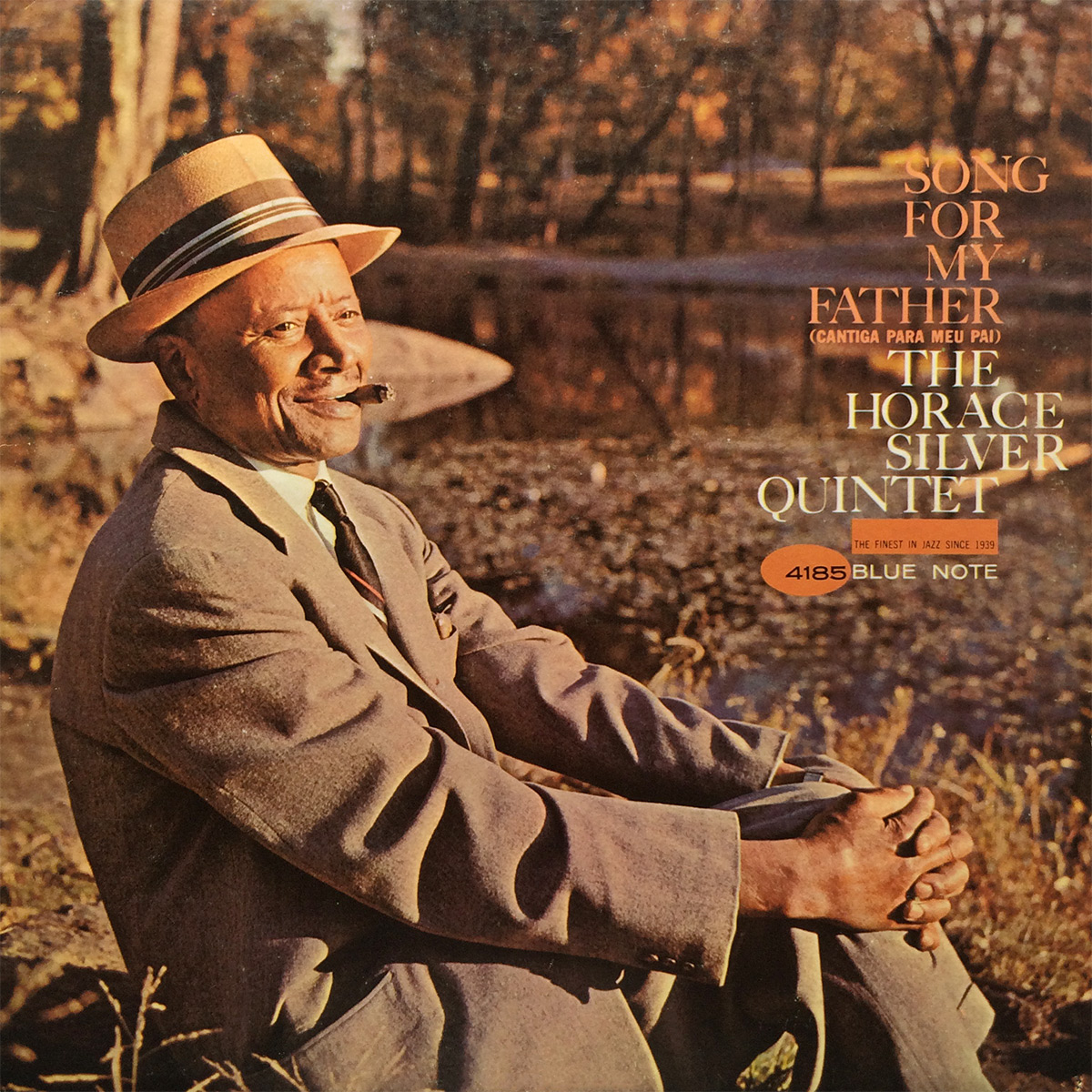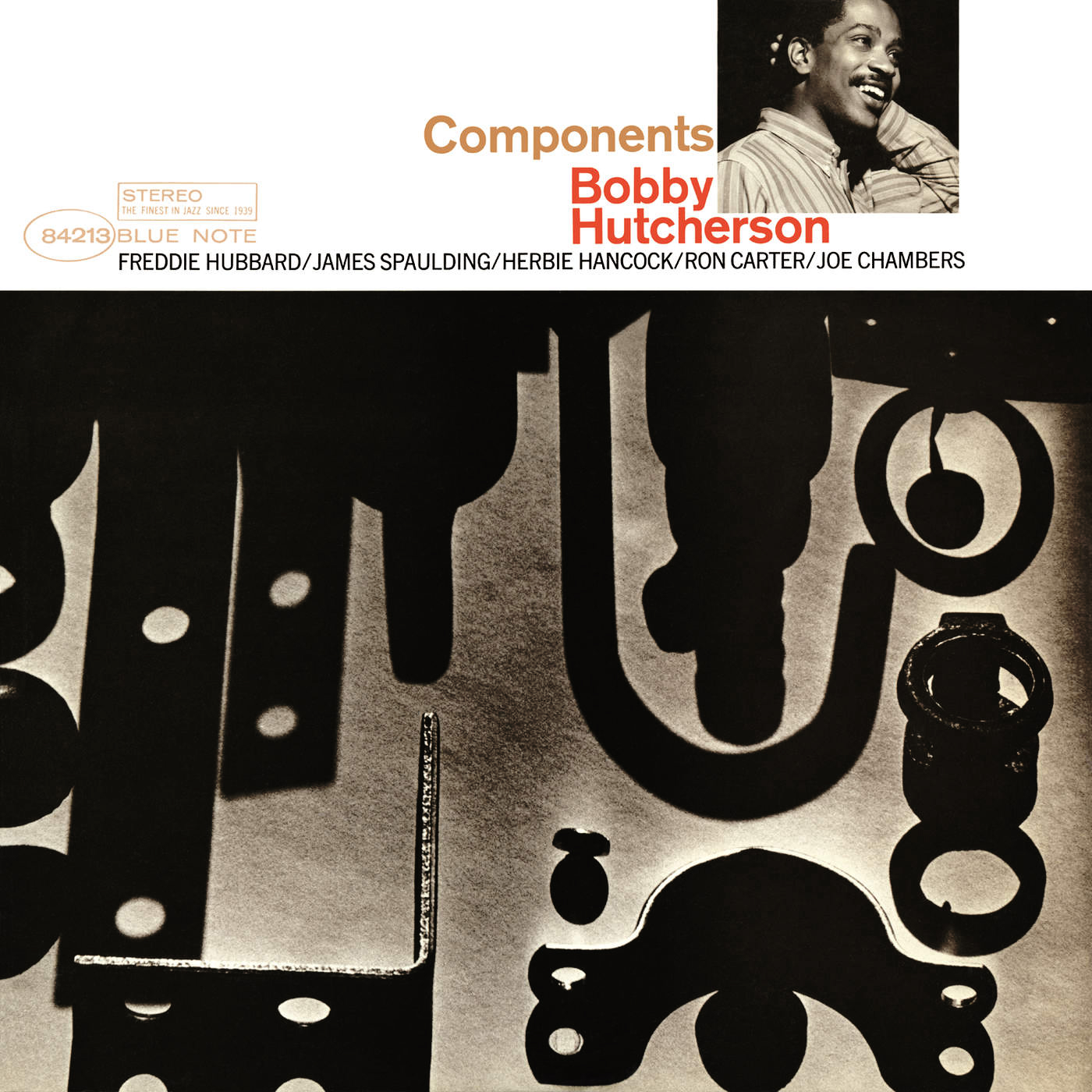| < Back | Englewood Cliffs Opening | The Digital Era | Next > |
| Englewood Cliffs Opening < Back |
The Digital Era Next > |
The Van Gelder Sound continued to evolve at Englewood Cliffs. Once Rudy got set up and comfortable there, he immediately started perfecting a new room sound that blended the natural reflections of the live room with the EMT 140 reverb plate. This beautiful, spacious soundstage quickly became a centerpiece of Van Gelder’s earliest mixes at the new studio:

|
Oliver Nelson, “Stolen Moments”
|
A few years later in 1964, we hear a marked shift in the Van Gelder Sound. Although not characteristic of all his mixes at the time, Lee Morgan’s “The Sidewinder” was a huge hit for Blue Note in the summer of 1964 and has an especially hyped-up, radio-friendly sound. Van Gelder used a similar style of aggressive mixing for Horace Silver’s “Song for My Father”, the second radio hit for Blue Note that year:

|
Horace Silver, “Song for My Father”
|
However, Rudy would largely relax the processing on his mixes the following year, making way for a smoother, gentler sound with more dynamics:

|
Bobby Hutcherson, “Components”
|
While Van Gelder’s Hackensack and Englewood Cliffs studios each had their own unique sonic fingerprints, the key properties of the Van Gelder Sound are present on recordings made in both spaces. The differences between record labels are subtle as well. Though Van Gelder has explained numerous times that he always tailored his approach depending on the particular musicians and producers for a session (Forlenza, 1993; Hovan, 1999; Kahn, 2002), the consistency of the sound largely dominates any potential differences. If it weren’t the case, the phrase “Van Gelder Sound” wouldn’t be the essential part of the jazz vernacular that it is to this day.
Main photo: Spare amplifier tubes in Rudy Van Gelder’s workshop (Photo credit: Atane Ofiaja)
| < Back | Englewood Cliffs Opening | The Digital Era | Next > |
| Englewood Cliffs Opening < Back |
The Digital Era Next > |